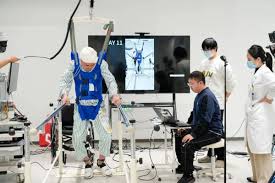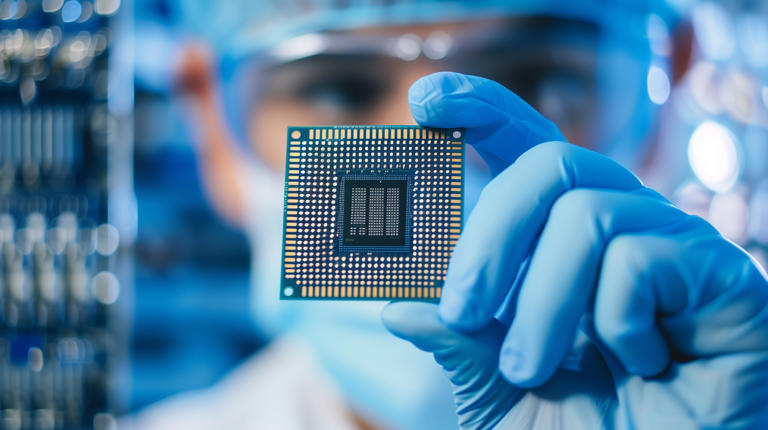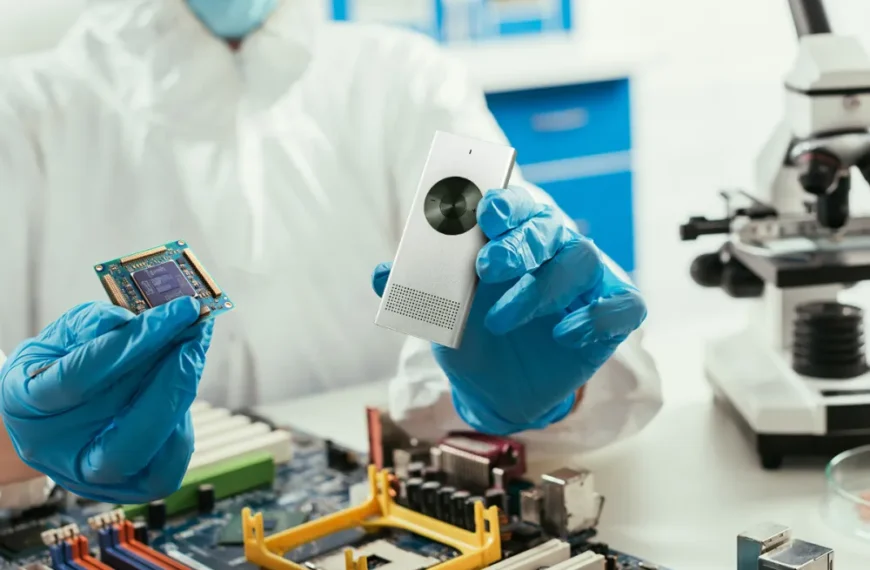
Recent advancements in China’s neurotechnology have introduced a less invasive brain-computer interface (BCI) that has enabled paralyzed patients to regain mobility, challenging existing paradigms in neurotechnology. www.multilinks.biz
China’s Neurotechnology Breakthrough
Researchers at Tsinghua University have developed a wireless BCI device that does not penetrate brain tissue. Instead, electrodes are positioned outside the brain cortex, reducing potential risks associated with direct brain implantation. In clinical trials, a patient paralyzed for 14 years successfully used this technology to control a prosthetic hand, performing tasks such as grabbing objects and drinking from a bottle. www.multilinks.biz
Elon Musk’s Neuralink Approach
Elon Musk’s company, Neuralink, has been developing implantable BCI devices that are inserted directly into brain tissue. In January 2024, Neuralink implanted its N1 chip into a patient named Noland Arbaugh, who had been quadriplegic since 2016. Post-implantation, Arbaugh was able to control a computer using his thoughts, engaging in activities like browsing the web and playing video games. www.multilinks.biz
Comparative Insights
The Chinese BCI’s semi-invasive design offers a potentially safer alternative to Neuralink’s fully implantable device, which involves penetrating brain tissue. Both technologies aim to restore mobility and autonomy to paralyzed individuals, but the differing approaches highlight a significant divergence in balancing invasiveness with functionality.
These developments underscore the rapid evolution in neurotechnology, offering hope for improved quality of life for individuals with paralysis.
Elon Musk’s Neuralink and China’s BCI Innovations in Restoring Mobility.
www.multilinks.biz


















